Lady Well, Inis Cealtra, County Clare
Inis Cealtra is a special place for me. It is up there with St Colman’s Cave as the holy site in Ireland which, for some reason, has had the most powerful impact on me. This tiny religious island and pilgrimage site is not far from my home, and I’ve taken the little wooden boat across Lough Derg to it many times. It’s always a calming journey, whatever the weather. When my wife and I went well-hunting there last summer, the weather was a treat. Beneath the low hills of Tipperary, the ancient round tower beckoned from the trees:
Inis Cealtra translates literally is ‘island of the cells’ - as in monastic cells - though in English it is usually simply called ‘Holy Island.’ It has been a holy place since at least the sixth century. Indeed this early Christian site, on an island just a kilometre from the shore, was once one of the most significant centres of learning in Ireland, at a time when the only learning on offer was happening in the monasteries.
Nobody knows which Christian ascetic first settled here, though there is a story about a certain St Mac Creiche, who appears to have lived in a hermit’s cell made up of just four stones in the fifth or sixth centuries. It’s possible that these stones are still to be found on the island today, incorporated into a tiny building whose purpose is unknown:
A Benedictine monastery was founded here by St. Colum in the sixth century, and its ruins are still scattered around the place, along with those of many later buildings. All in all, the island’s fifty acres are home to the remains of no less than six churches, as well as a round tower, the possible hermit’s cell, a ‘wedding stone’ and a cemetery with more than eighty graves in it. In one of them lie the remains of ten monks killed by Vikings, who sailed up the Shannon and raided the site in the ninth century.
Inis Cealtra’s heyday came in the seventh century, under the stewardship of St. Caimin, who is still an important local saint. Under his leadership the monastic centre of learning here attracted students from across Europe, and became a major pilgrimage centre. The great Irish High King Brian Boru, famous for finally defeating the Norsemen at the Battle of Clontarf, was said to have been a regular visitor to the island, where one of his brothers was once Abbot.
There’s a good story about St Caimin, which illustrates the strict Desert Father-style asceticism for which early Celtic monks were famous. It’s said that Caimin, along with his half brothers Guaire Aidhne and Cummine Fota, were once debating what they would each prefer their church to be filled with if they had their way. Guaire said he would wish for a church full of gold and silver, so that he could give it all to the poor. Cummine wanted a church full of books, so that his monastic students could be filled with learning. Caimin, though, wanted his church to be filled with every known disease, so that all of them could be inflicted on his own body. It’s said that each of them got their wish.
I can’t see this kind of thing going down well with today’s comfy Church, or with many of us comfy Christians. Certainly the ascetic strictness of Inis Cealtra faded away over the centuries. By the nineteenth century, the popular pilgrimage to the island had to be suppressed by the Church for the usual reasons: there was too much boozing and fighting. A theory had it that any sin committed on Inis Cealtra was immediately annulled, as it was holy ground. This was good news for the stick fighters and poitín smugglers, but less so for the priests, and in 1846 the event was banned.
Part of the pilgrimage apparently involved walking seven times around the island. During this circuit, the pilgrim would come, on the still shores of the lake, to the spring known as the Lady Well:
It took a while for my wife and I to find this well. It sits in a little glade by the shore, its waters ringed now with a simple stone wall.
The well was excavated a while back, and offerings and coins were found dating back to the 1850s - though, interestingly, not from earlier than that. I don’t know what this means, given that the pilgrimage to Inis Cealtra is so much older. The holy well was the last station on the rounds of the pilgrimage, but perhaps the older offerings didn’t survive, or perhaps traditions changed. One tradition that remains intact tells us that a pilgrim who sees his reflection in the water will have all his sins forgiven. This sounded like an enticing prospect to me, but alas: the water these days is not the kind you can see your face in. Or very much else:
So my many sins remain very much on my shoulders. It was always a long shot, I suppose. Ho hum. Confession calls.
But it doesn’t matter at all. Something about the old complex on this island is so appealing that almost anything can be forgiven here. Just writing this makes me want to visit Inis Cealtra again. I fantasise sometimes about being given permission to sit in the one church on the island with a roof and write a book. No electricity, no Internet, no shops or cafes to distract me. No people at all, except the visitors and pilgrims who come over on little motor boats in the summer. Only cows and lake birds and everything that the saints left.
A few weeks of that life would either drive you mad or turn you into a real Christian. I don’t know which would happen to me, but more and more, I feel like taking the risk.





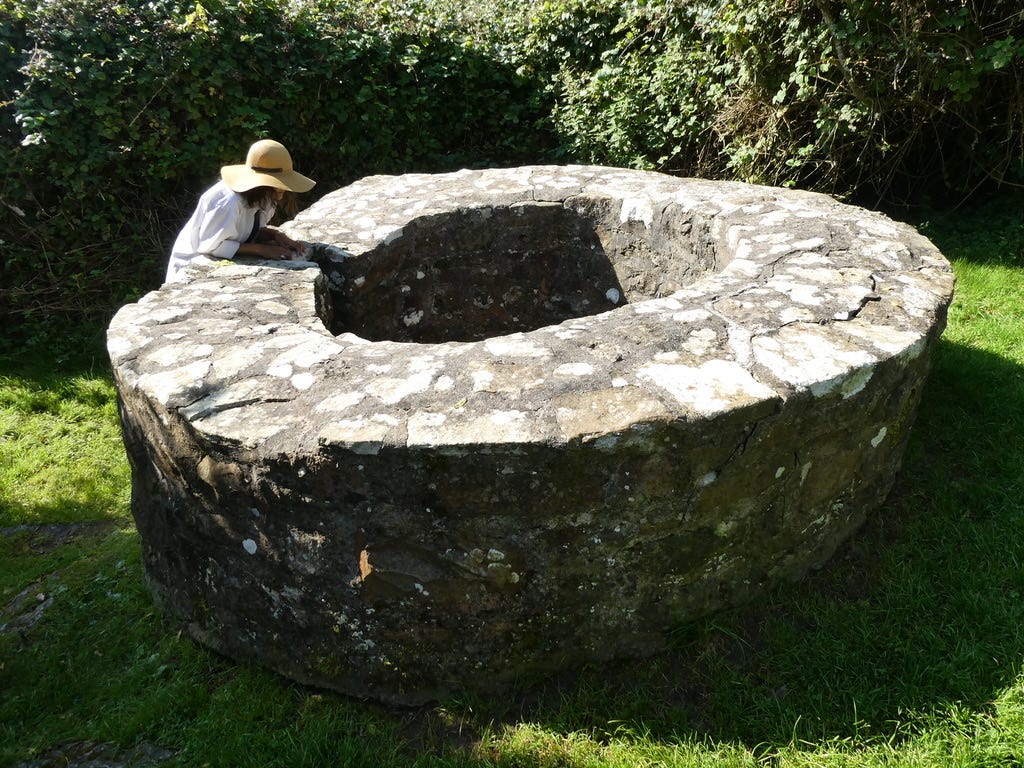
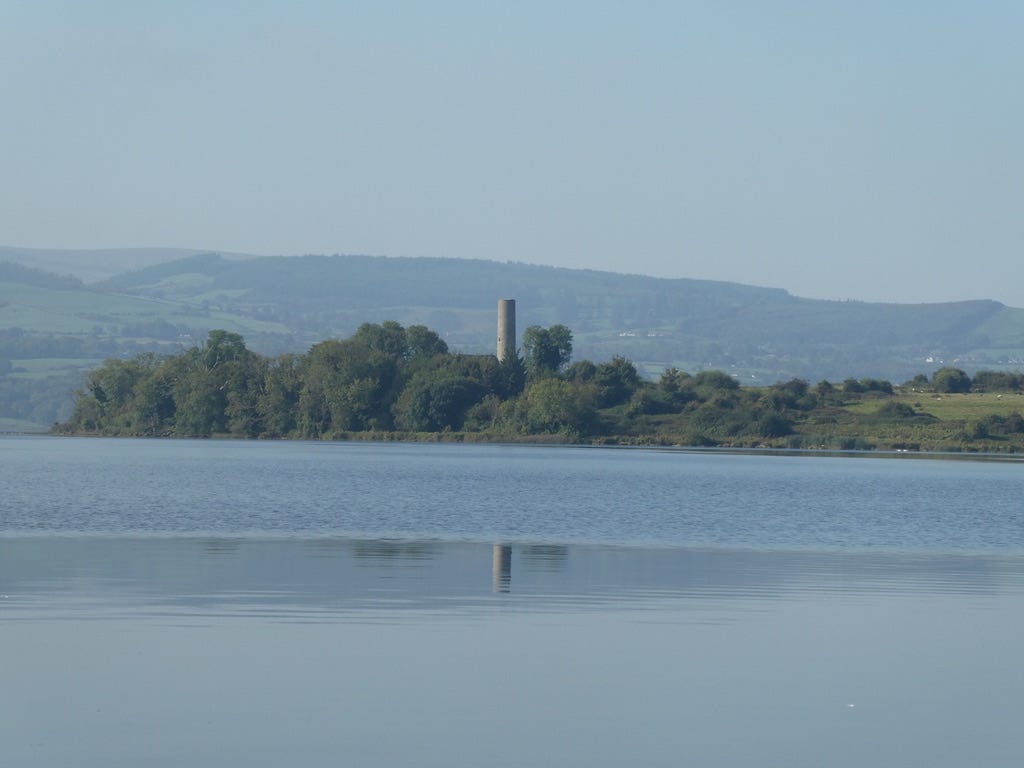
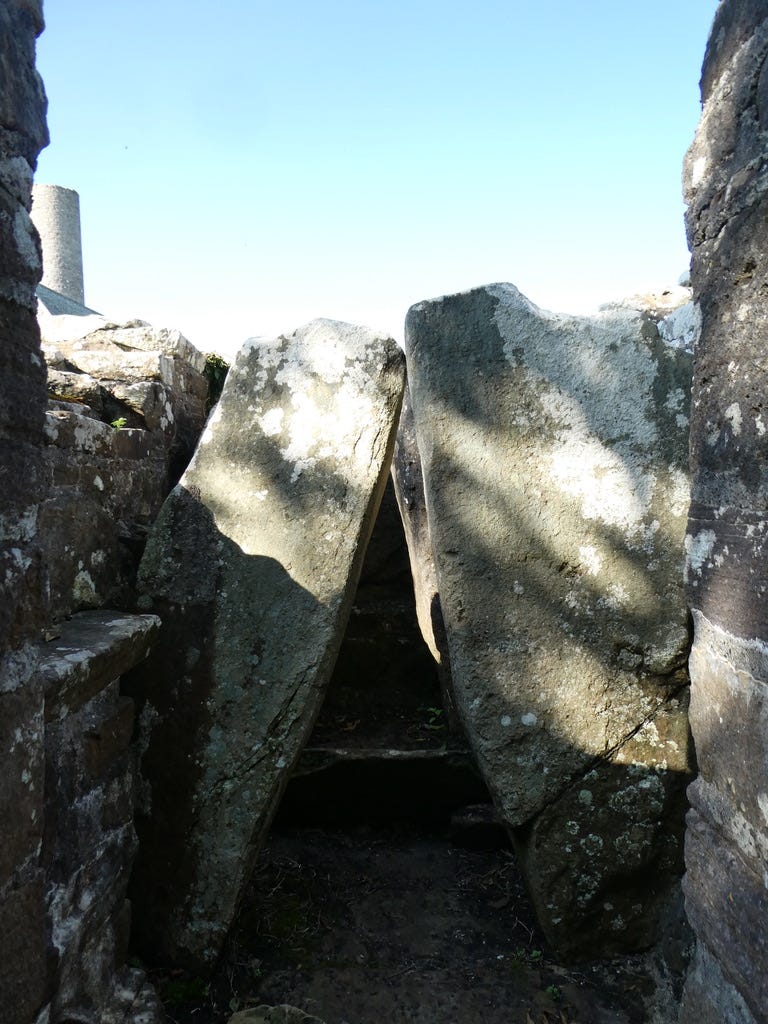
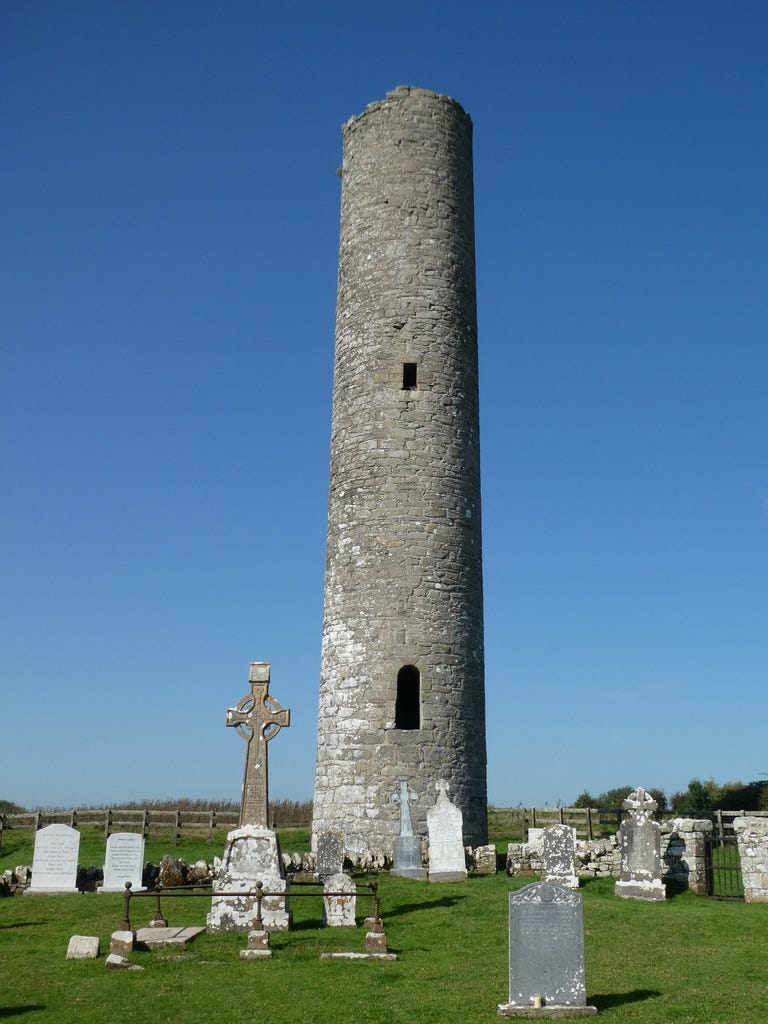
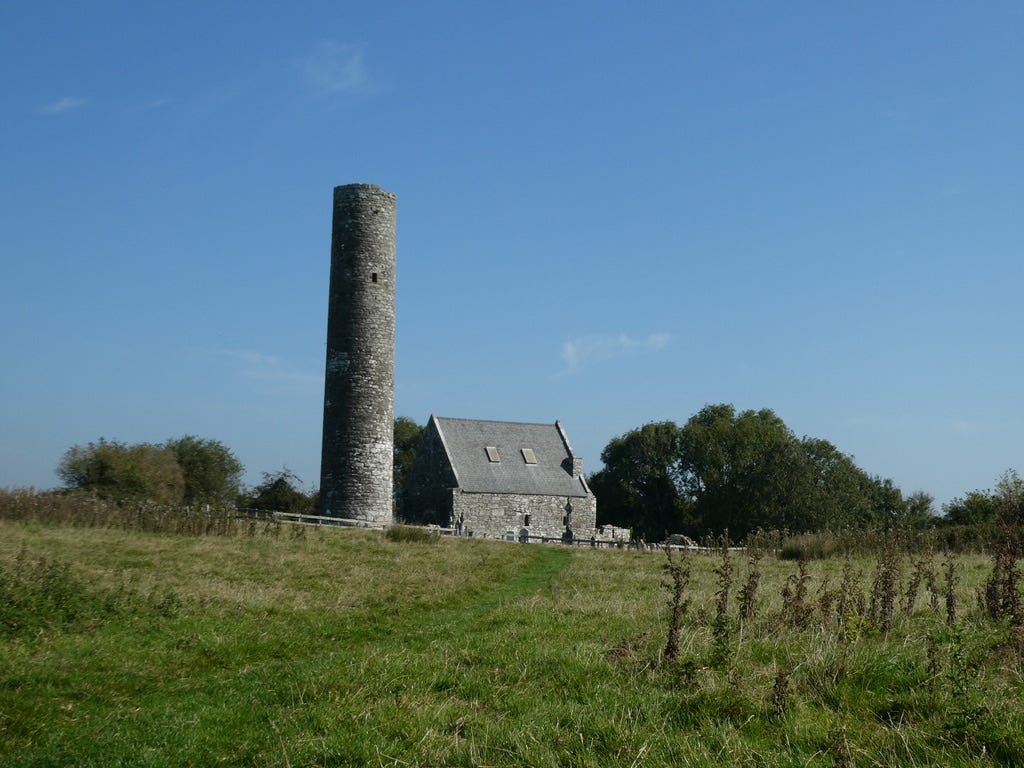
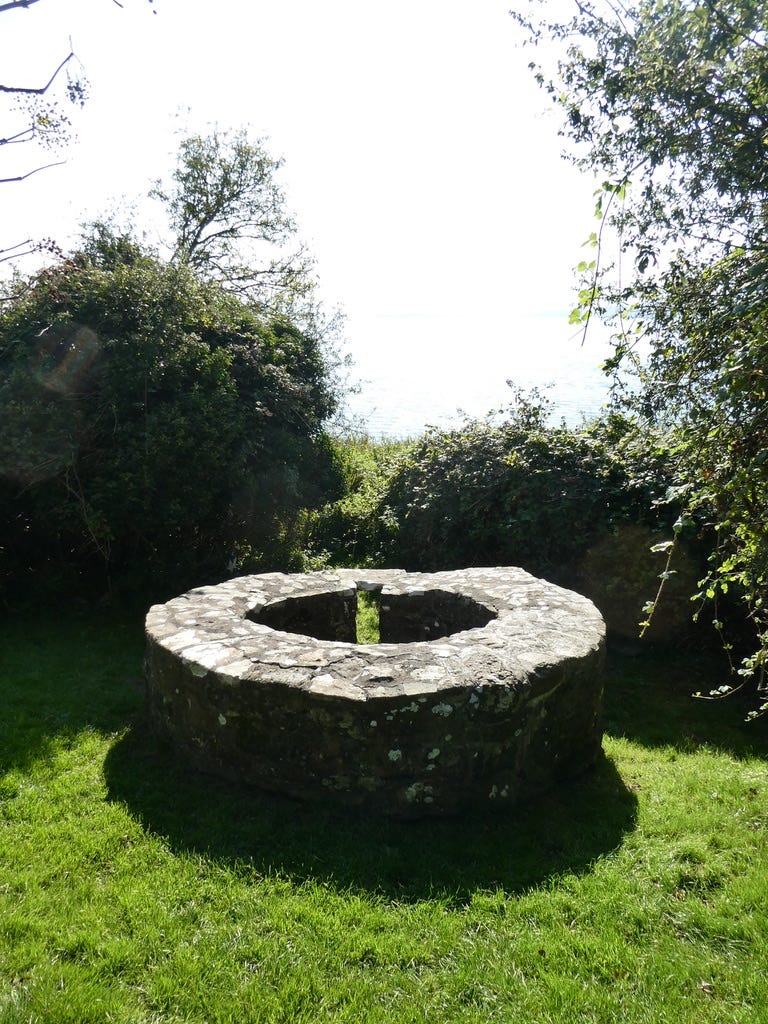
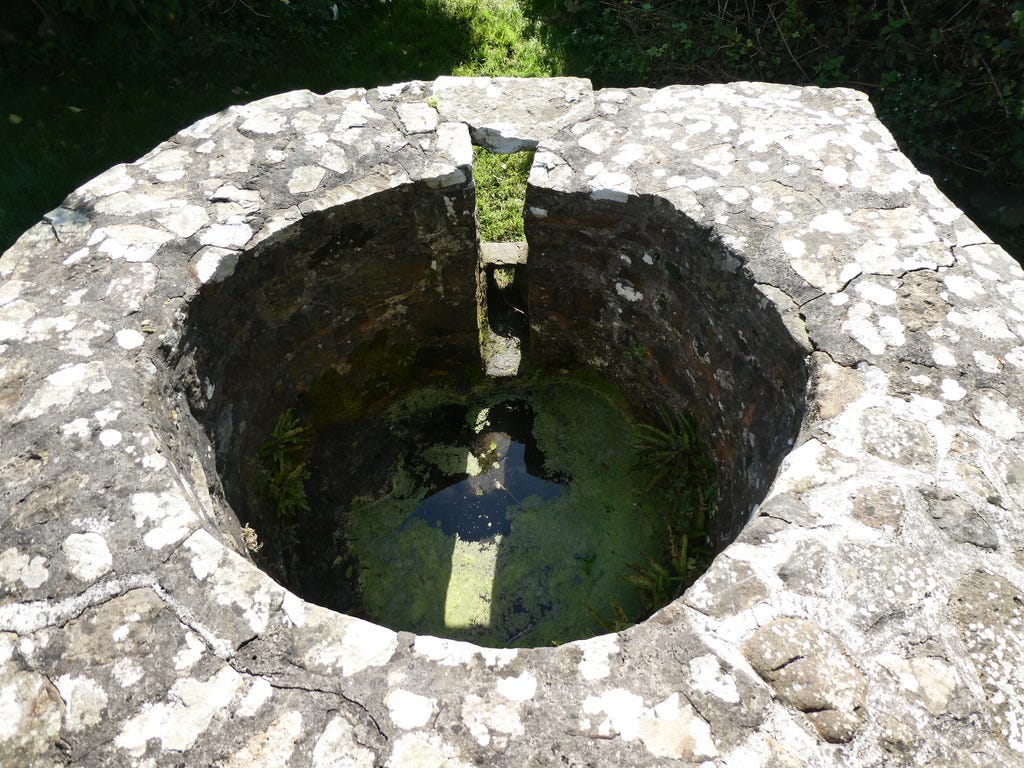
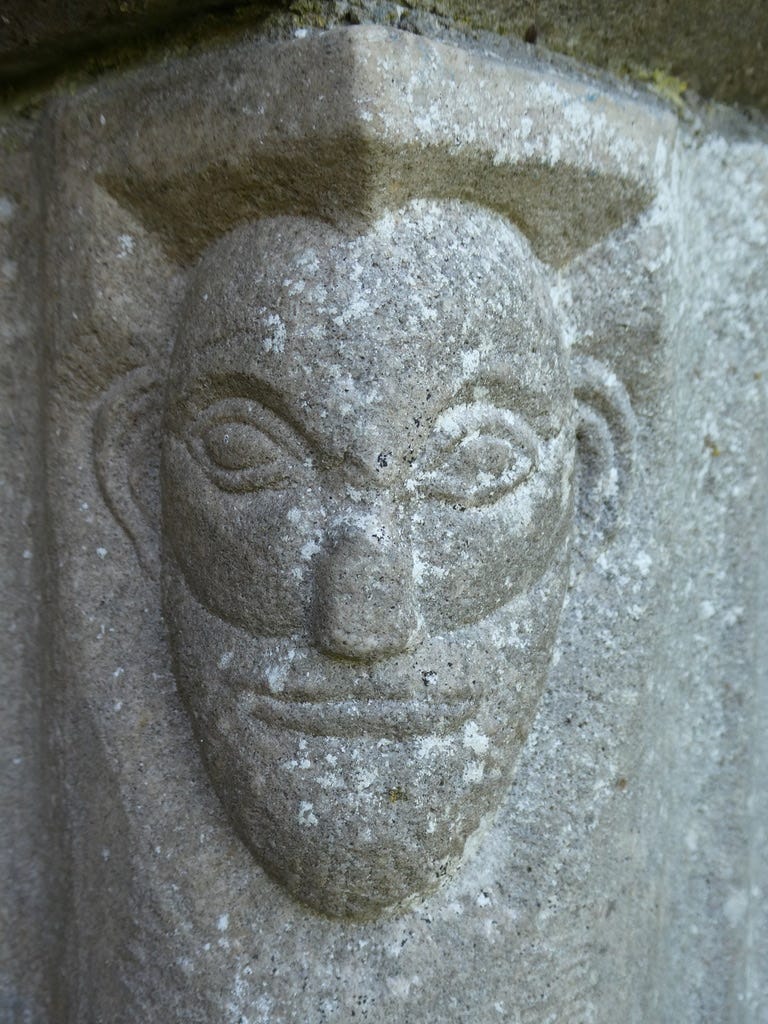
Isn't this somewhat similar to the religious athmosphere of the Russian monks in Everyday Saints and other stories, by Metropolitan Tikhon? (Which I am reading with surprising pleasure and interest). The asceticism here is even rougher but the whole mortification of the flesh and the intensity of piety and the forgiving attitude. Wonderful. And outlandish.
I'm Orthodox (with some thanks to Paul for a nudge!). From everything I have read and discussed with my Spiritual Father (the Priest at my Church), I think you are right Paul, about us leading ourselves here by turning away from God. Nature abhors a vacuum and if we discard God, something else will fill that vacuum... something in opposition to God. Hence our 'enlightened' age being the most globally violent ever witnessed. Society, art, mental health, politics, war, in general every worldly thing, reflects back to us our spiritual state. We (mankind) thought we knew better (than God). We don't. The only remedy is to return to Him.